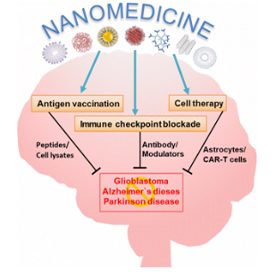


Rare genetic disorders can be identified by analyzing images of people’s faces using a smartphone app powered by artificial intelligence. Following an image upload to the Face2Gene platform, the algorithm examines landmarks on the patient’s face, for example, the shape of their face, eyes, nose, and mouth.
The app creates a list of approximately ten genetic mutations as a potential diagnosis and creates personalized care plans based on the information. It was designed by the US biotech company Facial Dysmorphology Novel Analysis (FDNA), which considers the technology will help prevent patients from experiencing lengthy waits and making repeated clinic appointments before a conclusive diagnosis. This will give them a greater chance of receiving the appropriate treatment early on.
FDNA has now published results from a milestone investigation, in which they determined that facial analysis led to identifying the ten most frequent disorders of this type with 91% precision across 502 images. For diseases such as Noonan syndrome, it was 44% more precise than human clinicians.(1,2)


The first-ever FDA-cleared computer-aided breast cancer diagnosis helps radiologists assess and characterize breast abnormalities using magnetic resonance image data. The software automatically registers image segments and analyzes user-selected regions of interest (ROI) by an artificial intelligence algorithm into a single value, the QI score, which is then analyzed and compared to a reference database of abnormalities with known ground truth information.
In a clinical study, Quantx helped radiologists interpret MRIs and differences between cancerous and noncancerous breast lesions. The software led to a reduction of 39% in missed breast cancer and a 20% overall diagnostic improvement.(4)


References